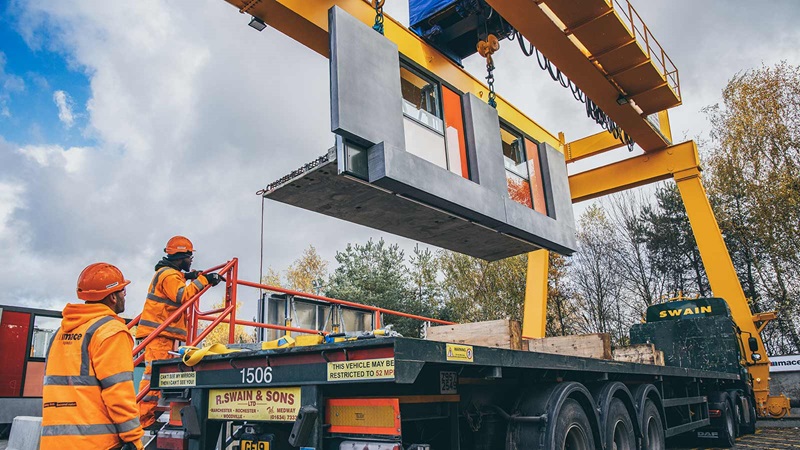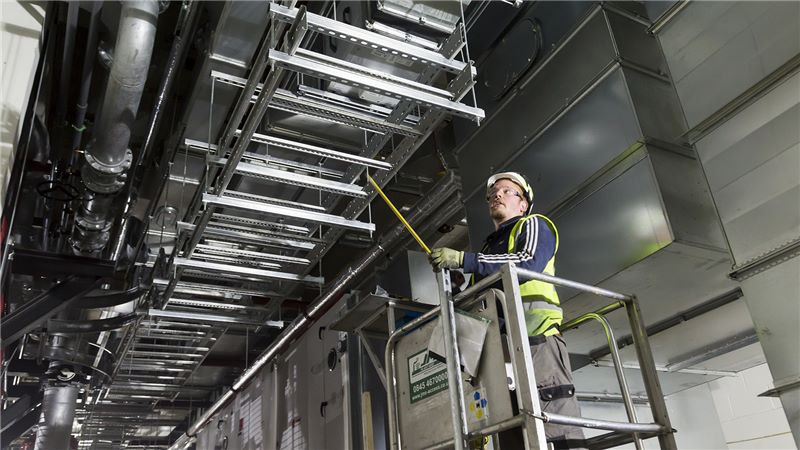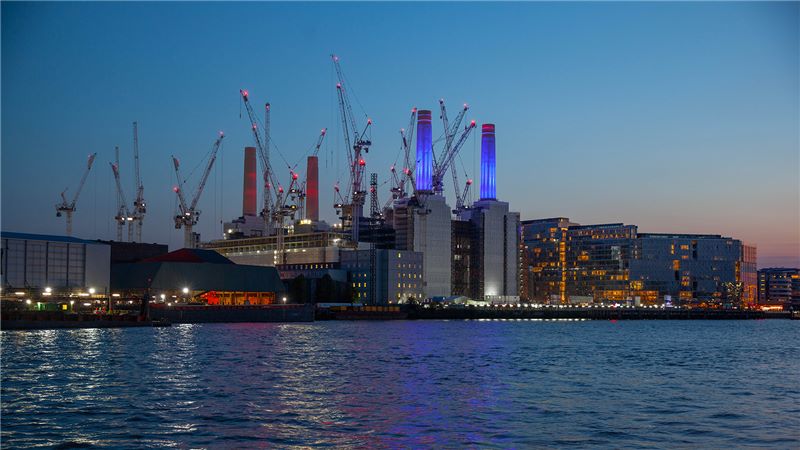Construction to production – how innovative solutions become the new normal
The current crisis is forcing many businesses to rethink traditional ways of working to create impactful change. With social distancing here to stay for the foreseeable future, the construction sector is quickly adapting and putting plans in place to re-open sites whilst keeping the workforce safe.
One of the key challenges the sector faces is how to maintain productivity levels and delivery programmes, while following social distancing guidelines.
Shaun Tate, Director of Mace Tech, looks at how the crisis is transforming our approach to construction delivery and how it will accelerate the adoption of smart technologies and offsite solutions.
A new opportunity for offsite methods
With the construction sector gradually resuming activity and re-opening sites, the crisis has now accelerated the need for smarter, faster and, crucially, safer ways of working.
The use of offsite assembly methods will become increasingly instrumental in improving delivery programmes, while having fewer people on site.
On average, an offsite assembly method can achieve the same output as traditional construction methods for frame and facade, but with 60% fewer people on site and a 25% faster programme. By driving a production line approach, we pre-assemble and manufacture around 95% of our frame and façade components in a controlled factory environment, before they are delivered ready to install onsite.
Through an integrated offsite approach, we are able to continue working with a reduced workforce, achieving similar outcomes and allowing us to continue work on site despite the of social distancing.
BIM, AI, and the digital transformation
Advanced digital modelling techniques have the potential to transform offsite manufacturing into viable alternatives to traditional on site construction. Relying on fewer workers and delivering the same product at high quality standards, offsite manufacturing can see construction companies delivering housing and infrastructure at speed, while keeping everybody safe during a pandemic.
In recent years, the construction industry has undergone a rapid digital transformation and improvements in digital modelling techniques now enable an integrated delivery approach on a single digital platform.
The shift towards a digital construction delivery model is allowing teams to collaborate more effectively, while minimising the risk both for clients and contractors. Furthermore, the new skills required will enable a new multi skilled workforce and the boundaries between trades are broken down, which results in a greater and more flexible skillset, enabling trained staff to perform more than one function. In the long term, this will help alleviate the skills shortage the sector is experiencing and strengthen the workforce.
At Mace, we have long recognised the huge potential to improve delivery and work more efficiently, with a ‘construction to production approach’ at the core. We’ve invested in new technologies such as AI and advanced digital modelling to develop innovative building solutions such as those we are driving through our Mace Tech approach.
Scaling up - when offsite becomes business as usual
The crisis has also brought to the fore a shift in attitudes towards modern construction methods from developers and investors. Before the pandemic and the lockdown, some clients took an ‘if it’s not broken why fix it’ approach, but they are now starting to recognise the huge potential of new construction methods and going forward we will see these more widely adopted.
With an increase in demand, the change in scale will lead to even greater efficiency through an established infrastructure with common processes. Once the infrastructure is in place, we’ll have a vertically integrated supply chain – factory, equipment and components – that can be easily deployed for a range of projects.
With social distancing in place for some time, now more than ever the property industry should embrace modern construction methods, not just to deliver tall buildings, but as a go to solution for a range of building types.
In order to thrive, the sector must reinvent its approach to delivery and work together to overcome challenges. Amid all the uncertainty there is a real opportunity to operate smarter and drive much needed digital innovation at speed.
The industry has come a long way and we must keep up the momentum, to drive efficiency and make up lost ground on other sectors.












